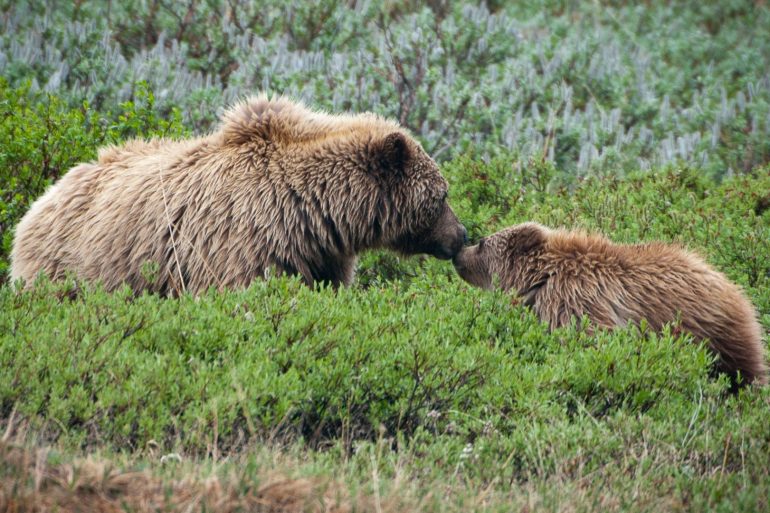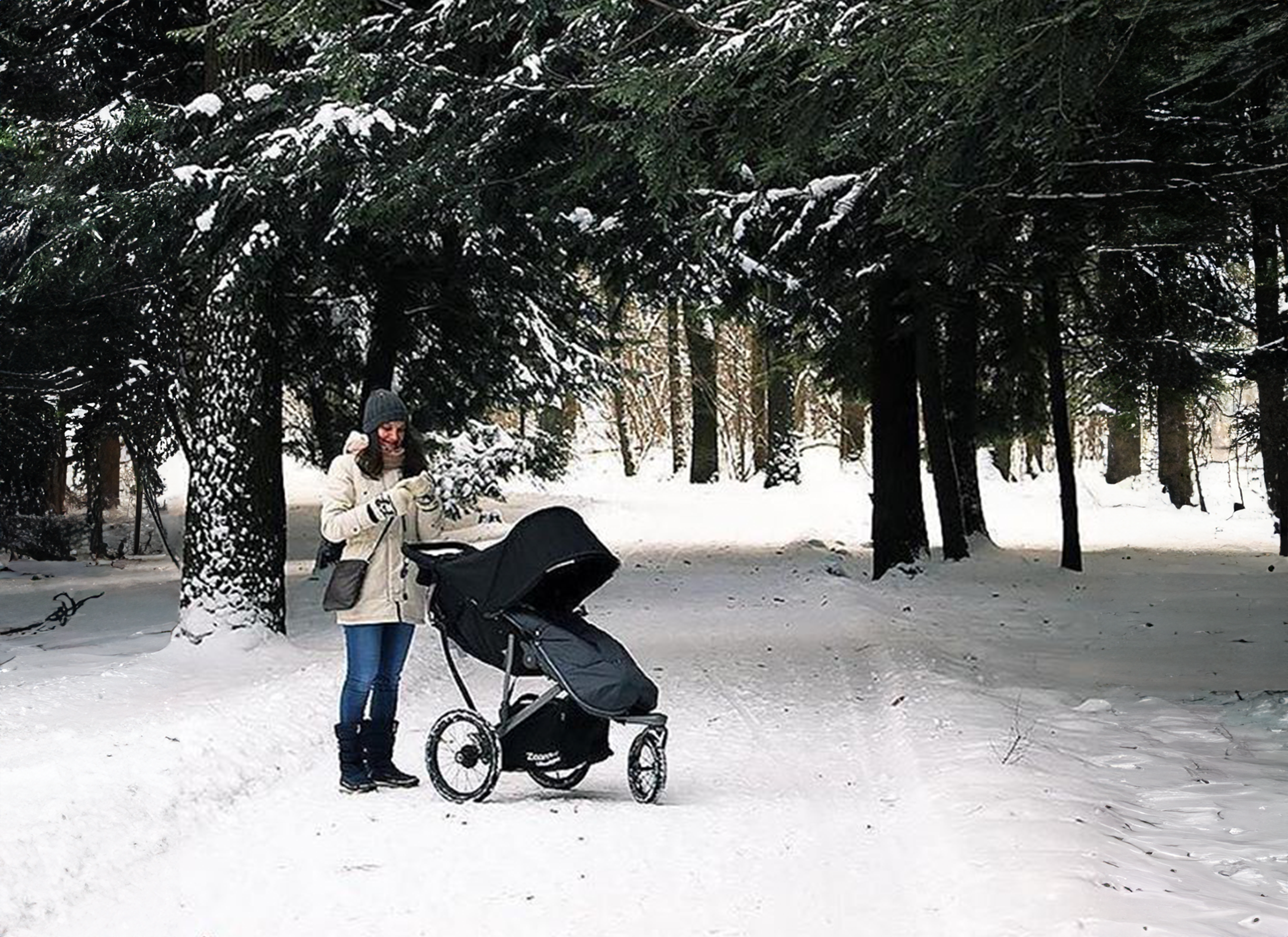Learn the ABCs of National Park Wildlife
Republished article from the National Park Foundation
Covering millions of acres across the country, the over 400 national parks in the National Park System host an amazing array of wildlife. The National Park Service works diligently to protect our natural landscapes, including the millions of animals, fish, and plant life that populate these iconic spaces. Join us in learning about just a small portion of the wildlife that call our parks home.
A IS FOR AVOCET
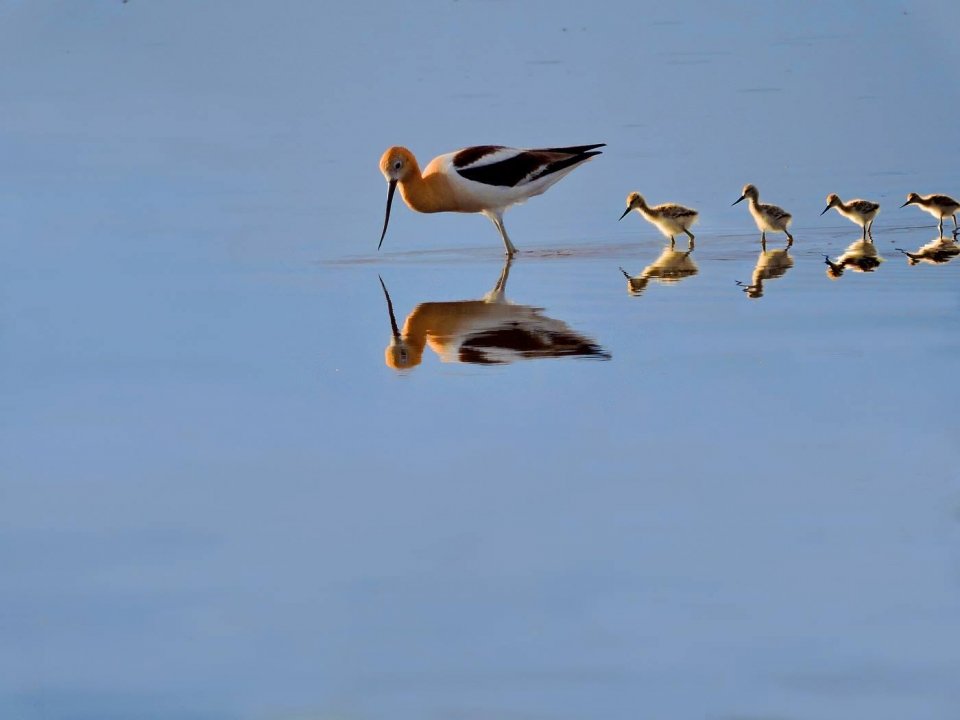
– NPS Photo
Long-legged waders found in marshy habitats, avocets make shrill calls and often perform elaborate ritualized defense displays, notable for their teetering gait and outstretched wings. At Great Sand Dunes National Park and Preserve, American avocets can be found in the wetlands near or around the park, where their light green speckled eggs can be found on the shore of the wetlands and fledglings can learn how to feed in wetland shallows.
B IS FOR BISON
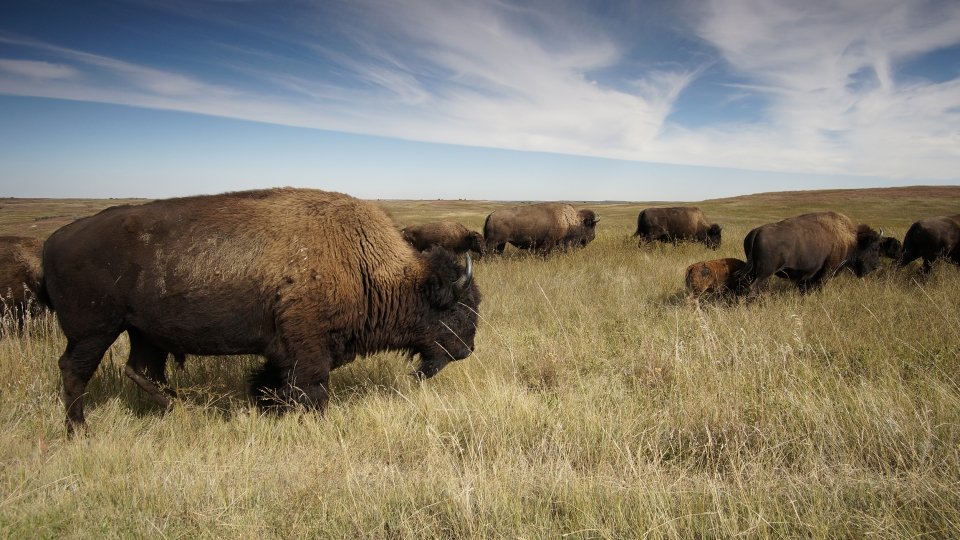
– NPS Photo / Jeff Zylland
The largest mammal on the North American continent, the American bison, or buffalo, descended from ancient bison in southern Asia during the Pliocene Epoch – over 400,000 years ago – and migrated to the present-day United States of America across the ancient land bridge that once connected Asia and North America. Now an iconic feature of the park, the hundreds of bison in Theodore Roosevelt National Park are actually a product of an early conservation effort that brought just 29 bison to the park in 1956.
C IS FOR CARIBOU
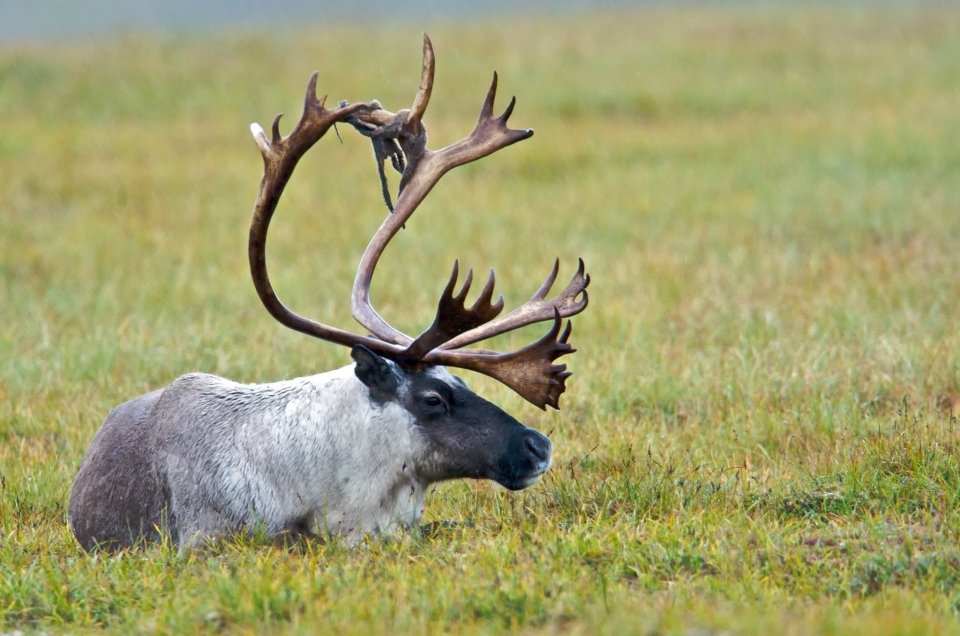
– NPS Photo
Caribou are native to Alaska, where they continue to thrive in large numbers. Very closely related to reindeer, caribou have slightly longer legs and leaner bodies, and enjoy a more active lifestyle. Highly migratory, caribou move between different seasonal ranges during the year, affecting the area’s ecology as they move. The Western Arctic Herd (WAH), at Bering Land Bridge National Preserve, is one of the largest caribou herds in the world.
D IS FOR DESERT KIT FOX
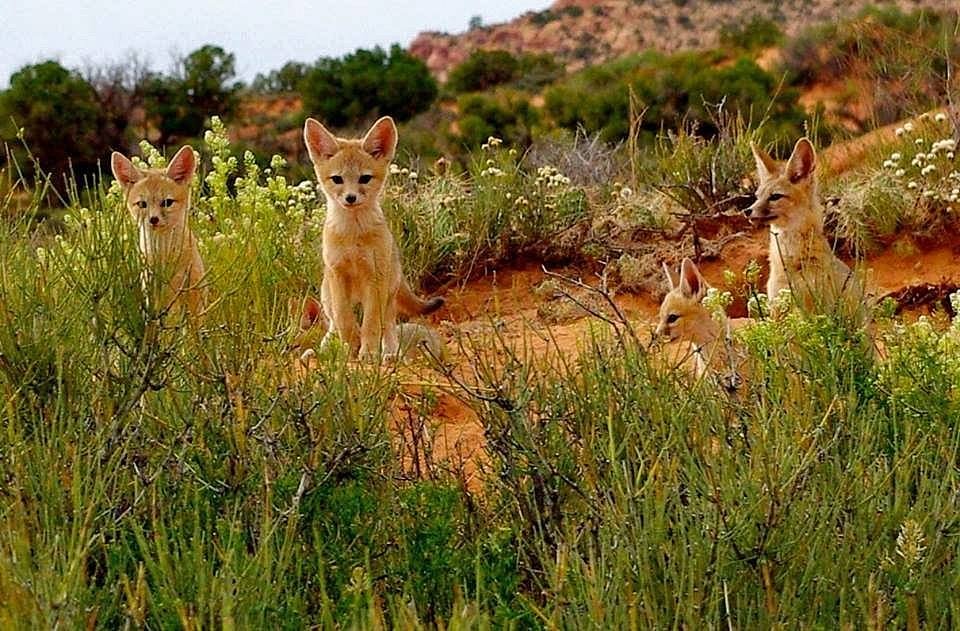
– NPS Photo
A small fox with elongated ears, desert kit foxes live in the open desert, on creosote bush flats, or among sand dunes. With fur on the soles of their feet forming a kind of “sand shoe,” these desert-dwellers spend most days in underground dens to avoid heat stress. The hot climate and lack of water at Arches National Park makes the conditions perfect for a smaller mammal like the desert kit fox.
E IS FOR ELK
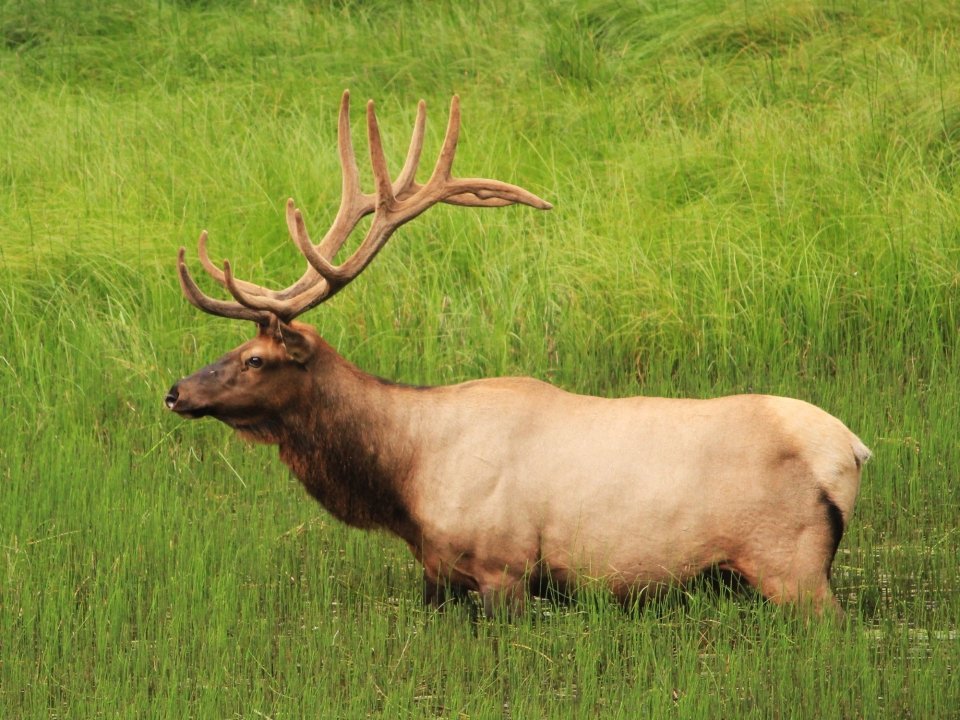
– NPS Photo
Weighing between 400 and 1,110 pounds, elk make quite an entrance with their gold-brown coats and yellow-white rump patches. Bull elk, like those found at Mount Rainier National Park, begin growing their antlers in their second year. Elk are the some of the largest mammals found at the park, where they move from lower elevations in the fall to higher elevations in the spring, eating grasses, woody plants, and fallen leaves.
F IS FOR FALCON
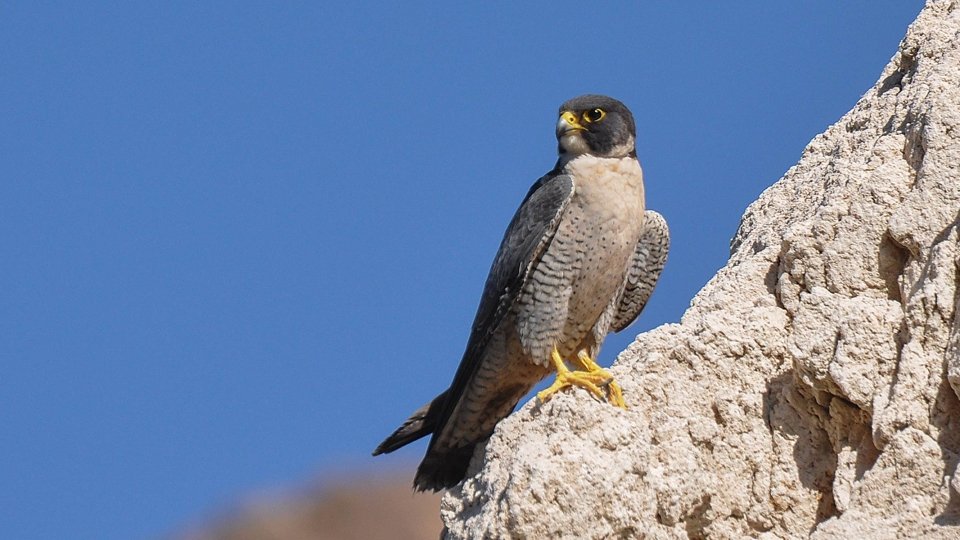
– NPS Photo / Mitch Urban
Humans have prized falcons for the flight skills and hunting ability for at least 3,000 years, dating back to ancient Mesopotamia and China. Peregrine falcons, with their long, pointed wings and aerodynamic nature, can easily reach speeds of 60 mph. Once prized during the medieval period for their hunting prowess, peregrine falcons can now be found darting through the sky at Lake Mead National Recreation Area, as well as other national parks.
G IS FOR GRIZZLY BEAR
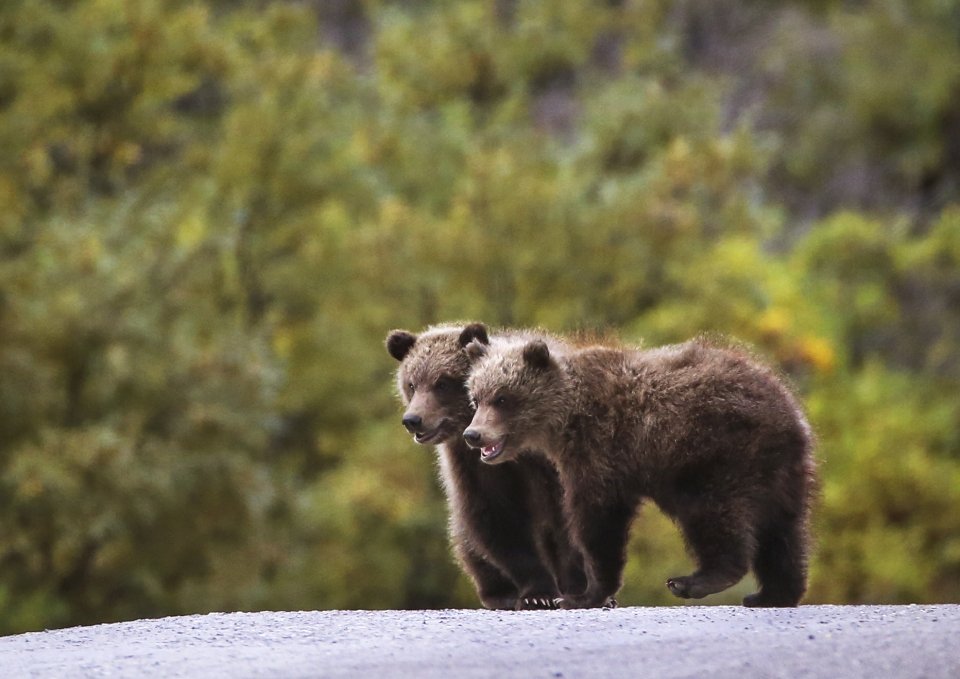
– NPS Photo / Emily Mesner
One of the more iconic figures of the North American landscape, grizzly bears are characterized by their distinctive humps on their shoulders, as well as long claws on their front paws. Often spotted at Denali National Park & Preserve, grizzly bears usually keep to a solitary lifestyle, unless they are supervising cubs. Omnivorous mammals, grizzly bears at Denali eat a mixed diet of grasses, berries, roots, fish, and small mammals.
H IS FOR HERON
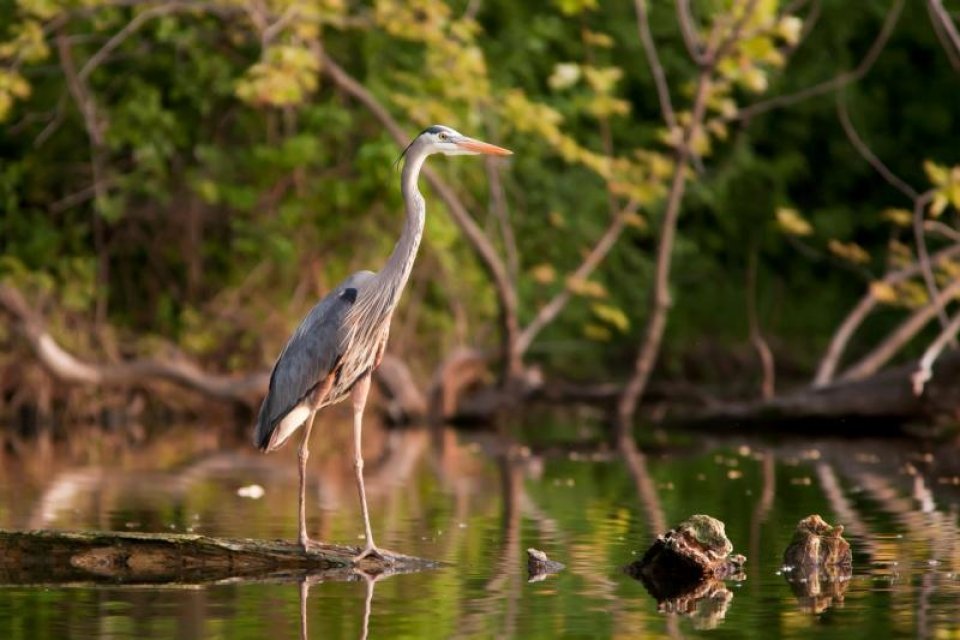
– NPS Photo
There are about 60 species of heron, including egrets. Notable for their long legs and quiet wading feeding techniques, herons nest in rough platforms of sticks in bushes or trees near water. Great Blue Heron, like those found along Mississippi National River and Recreation Area, stand about four feet in height and boast a wingspan of nearly six feet. The river’s shallow floodplains are idea for these patient hunters as they stalk prey which they stab and grip with their pointed, serrated bills.
I IS FOR IBIS
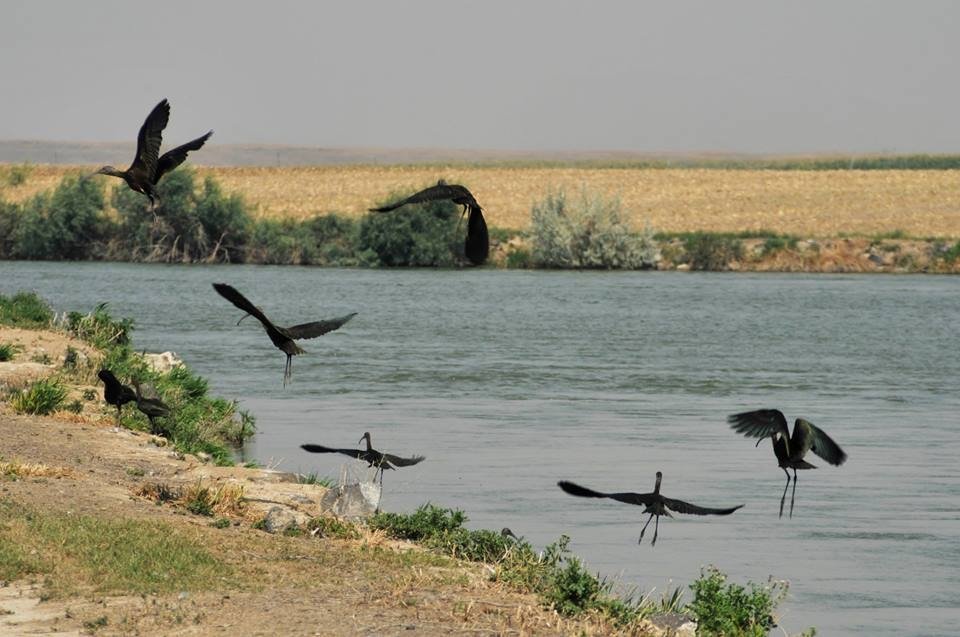
– NPS Photo
Another long-legged, wading bird is the ibis. With slightly shorter necks, and more slender, curved bills, ibis probe the waters they use for feeding to find small crustaceans or insects they then swallow whole. Migratory by nature, ibises make their summer homes in places like Minidoka National Historic Site, along with other migratory birds like geese, pelicans, gulls, and cormorants.
J IS FOR JAY
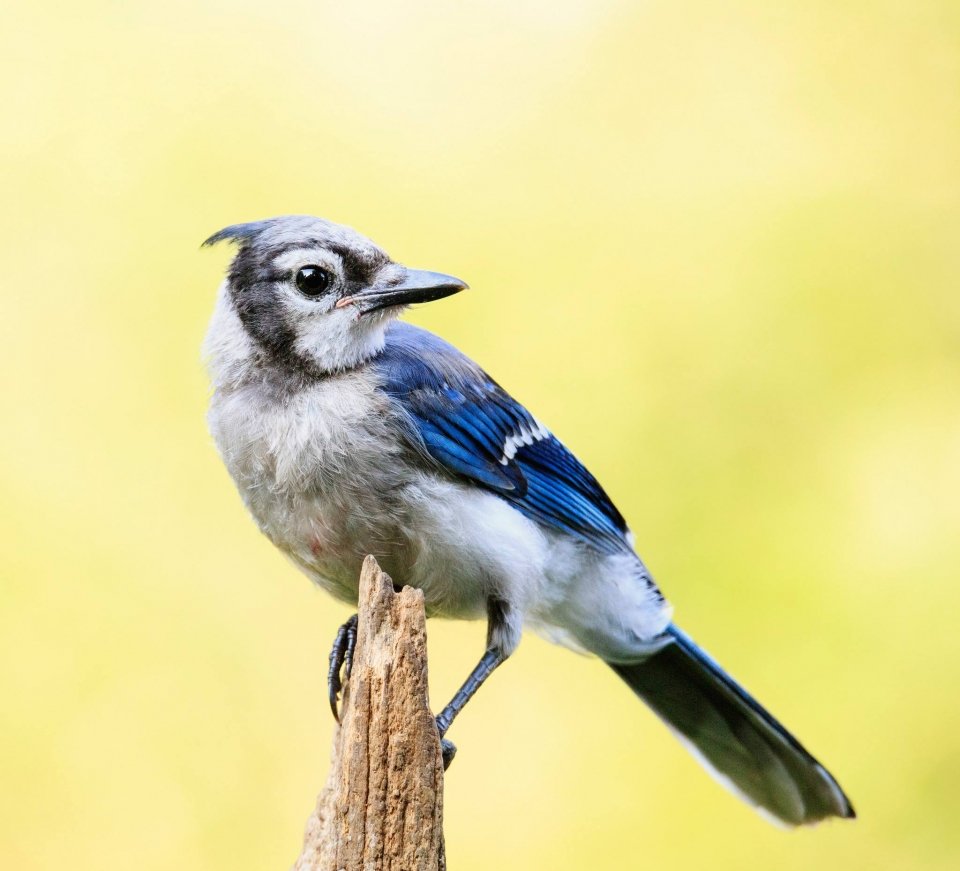
– NPS Photo
About 35 to 40 bird species are considered jays. Nearly omnivorous, some jays steal eggs from other birds’ nests. Blue jays, like those found in Shenandoah National Park, are strikingly beautiful, highly intelligent, and noisy. Blue jays can mimic the calls of hawks and adapt well to urban settings as well as deep within mature oak forests.
K IS FOR KILLER WHALE
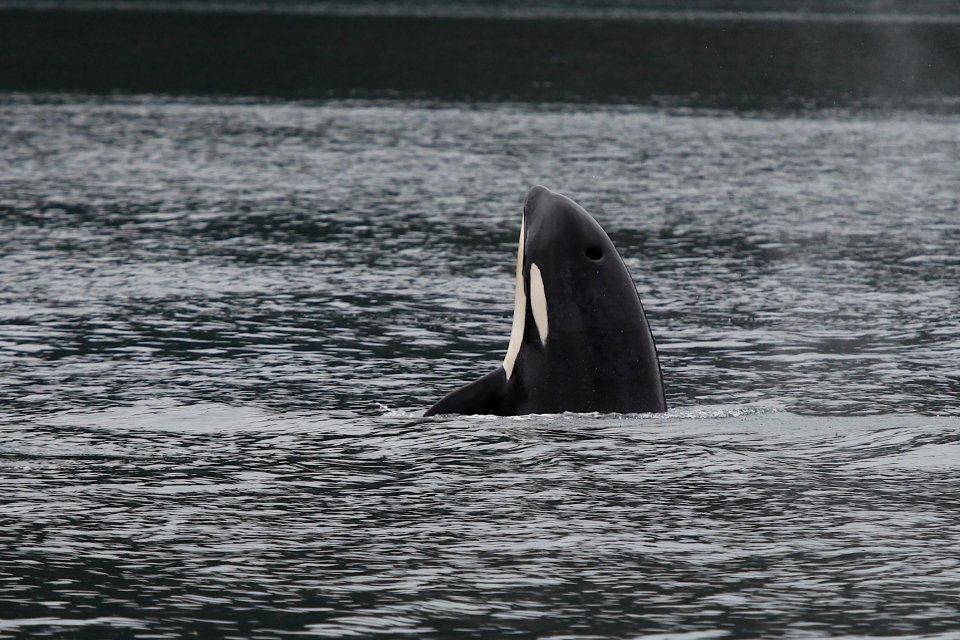
– NPS Photo / Kay White
Killer whales, or orcas, are the largest member of the dolphin family. They can reach lengths of 23 to 26 feet and weigh up to four tons. The link between humans and orcas has ancient roots: Native populations revered the whale and respected its abilities as a predator. Today, the importance of preservation of whale populations is growing in the public consciousness. Three types of orcas roam the waters around Kenai Fjords National Park, where they eat silver salmon, halibut, and herring.
L IS FOR LOGGERHEAD SHRIKE
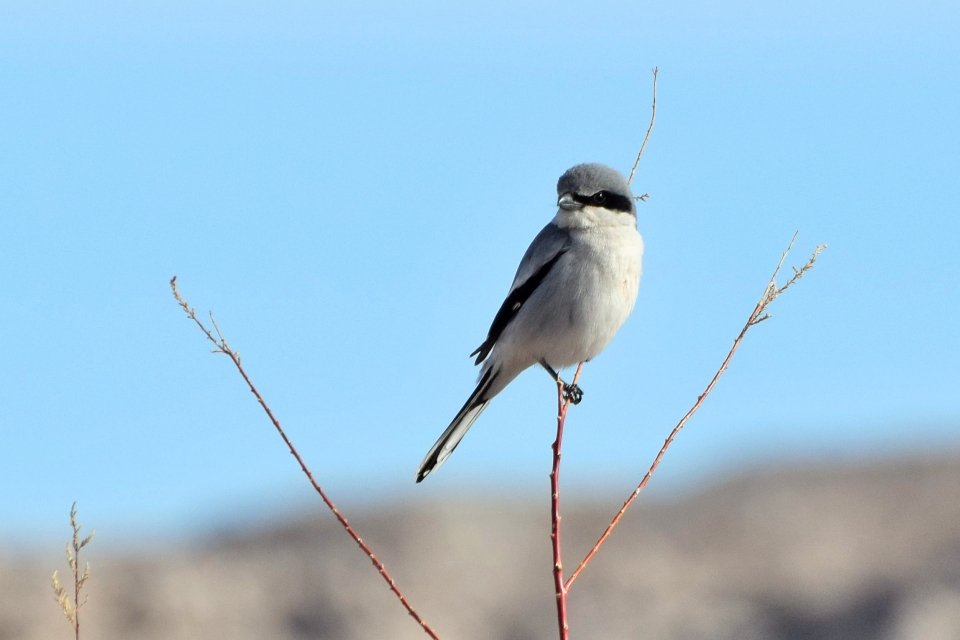
– NPS Photo / Andy Bridges
Thick-bodied with blocky heads and a thick bill with a small hook, loggerhead shrikes are songbirds roughly the size of a robin that make their home in a variety of habitats – from open country with scattered shrubs, like that in Petrified Forest National Park, to heavily wooded forests. “Loggerhead” means having a head disproportionately larger than the rest of the body.
M IS FOR MULE DEER

– NPS Photo / Andy Bridges
Mule deer, also called blacktail deer, are commonly found in open-brush country throughout the western United States, including Cedar Breaks National Monument. With a reddish summer coat in summer months and large ears, mule deer love to roam in brushy areas, coniferous forests, and grasslands, eating shrubs, grasses and even conifers in spring.
N IS FOR NEWT
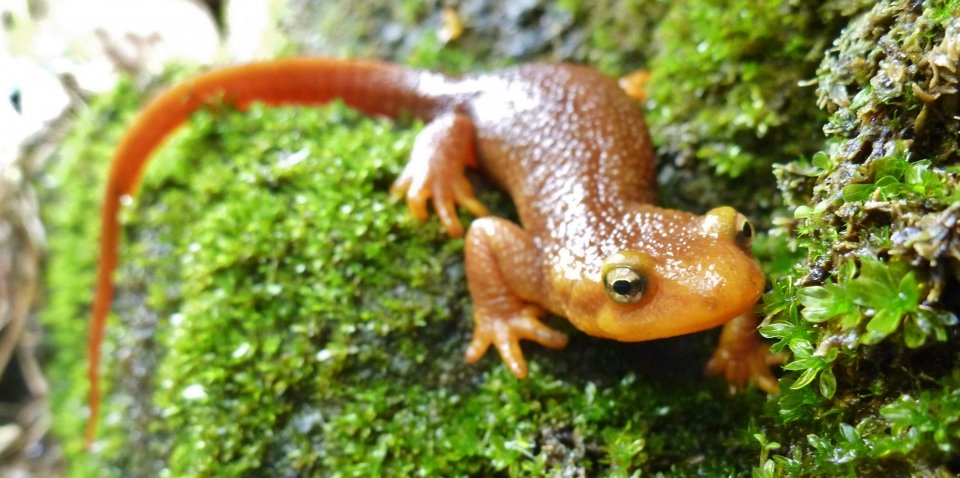
– NPS Photo
A type partially terrestrial salamander, newts spend the winter and spring in water and the summer and fall on land. The California newt, found in Santa Monica Mountains National Recreation Area, secretes a toxin that will leave a rash on your skin. In the park, these newts can be found in oak woodlands, chaparral, and grasslands.
O IS FOR OWL

– NPS Photo
A symbol of intelligence, owls are a type of nocturnal raptors known for their quiet flight and haunting calls, or hoots. Snowy owls, like those seen at Pictured Rocks National Lakeshore, have smooth, rounded heads and no ear tufts. Snowy owls sit on or near the ground in wide-open areas and fly close to the ground.
P IS FOR PINE MARTEN
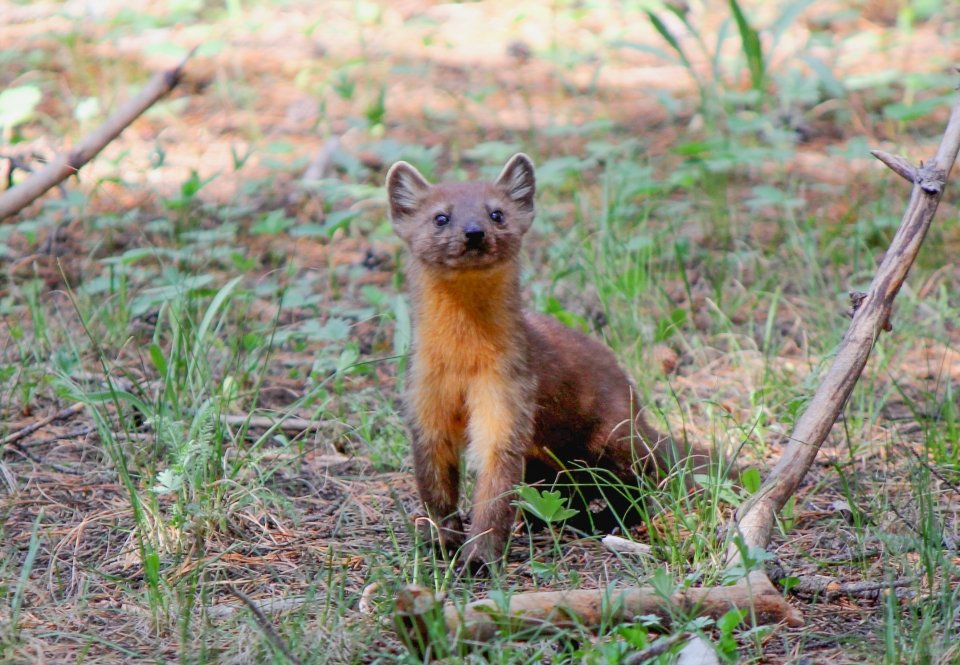
– NPS Photo / Eric Johnston
A member of the weasel family, martens have short limbs and a long, bushy tail. Pine martens can be found in conifer forests with understories that have fallen longs and stumps, where they rest and build dens, as well as riparian areas, meadows, forest edges and rocky alpine areas. In Yellowstone National Park, pine martens hunt on the ground year-round.
Q IS FOR QUAIL
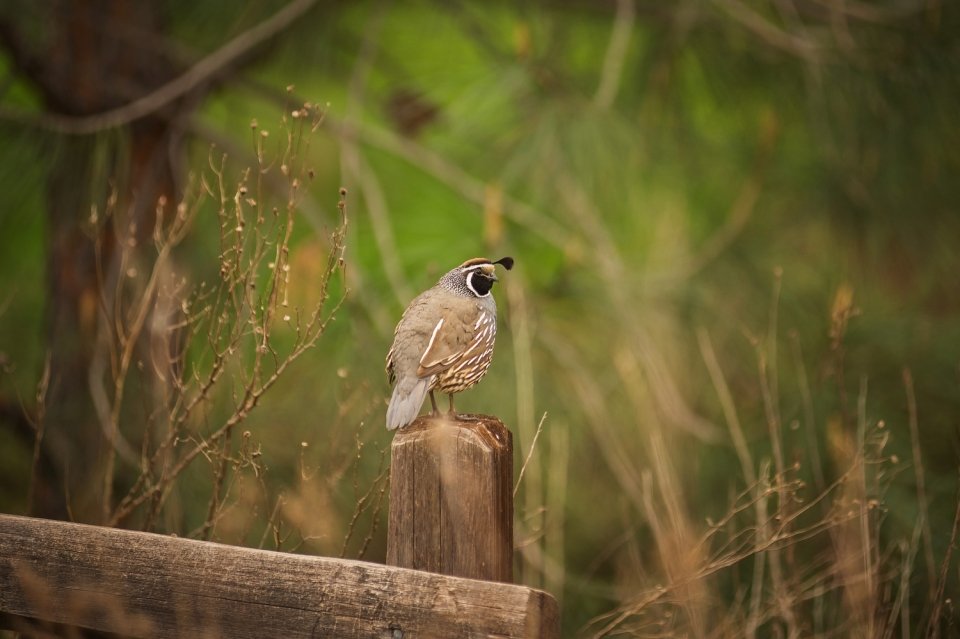
– NPS Photo / Kurt Moses
Quails are a small, short-tailed bird that eat seeds, berries, leaves, roots, and some insects. At Pinnacles National Park, the California quail is just one of over 160 species of birds that have been spotted in the park. Favoring the pine and oak woodlands in the park, the California quail and has a head plume that curls forward in front of their head.
R IS FOR RAM
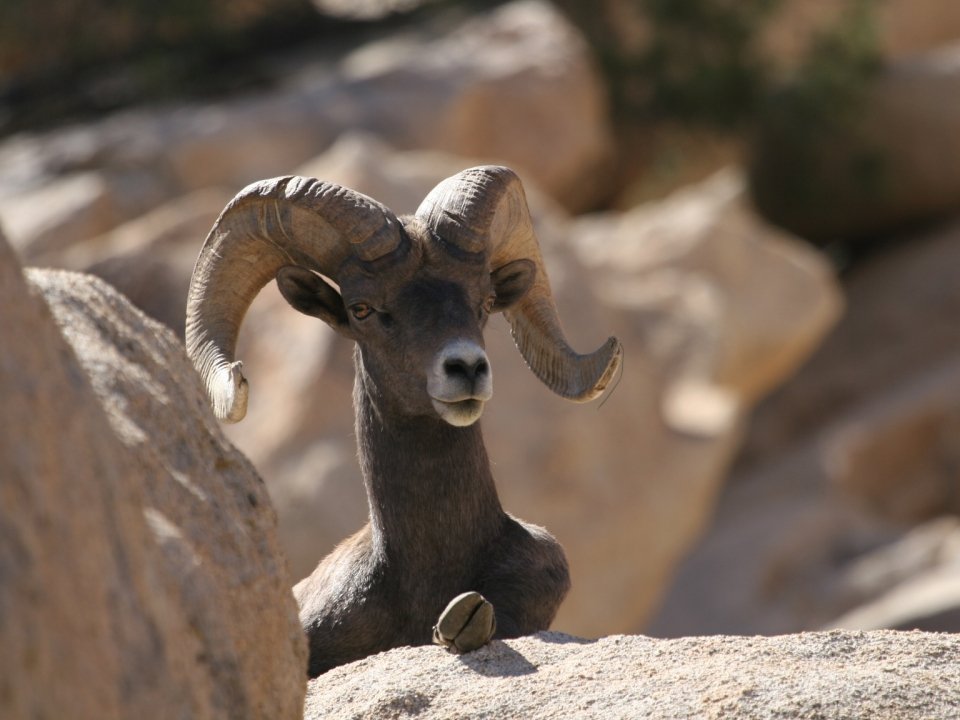
– NPS Photo / Michael Vamstad
Male sheep are called rams, whereas females are call ewes. The desert bighorn ram, found in dry, desert mountains like those in Joshua Tree National Park, can be recognized by their massive brown horns. By the time a bighorn ram is 7 or 8 years old, they can have a set of horns with a full curl that weigh almost 30 pounds.
S IS FOR SEA OTTER
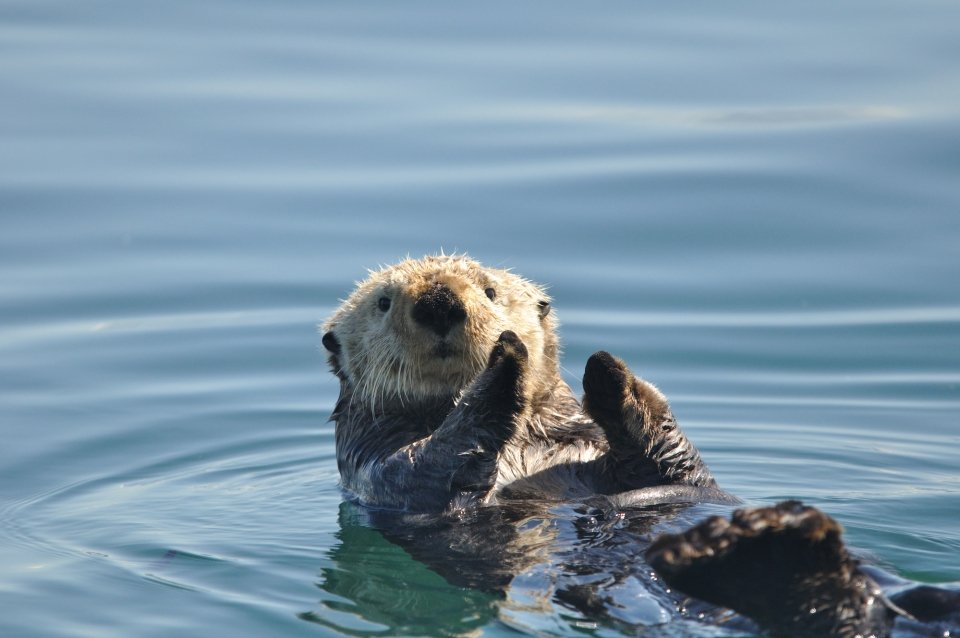
– NPS Photo
Sea otters are playful, curious aquatic mammals that eat sea urchins and clams. Sea otters are a keystone species in nearshore marine environments in southeast Alaska and at Glacier Bay National Park & Preserve, meaning they dramatically affect the structure and complexity of their environment and ecosystem.
T IS FOR TANAGER
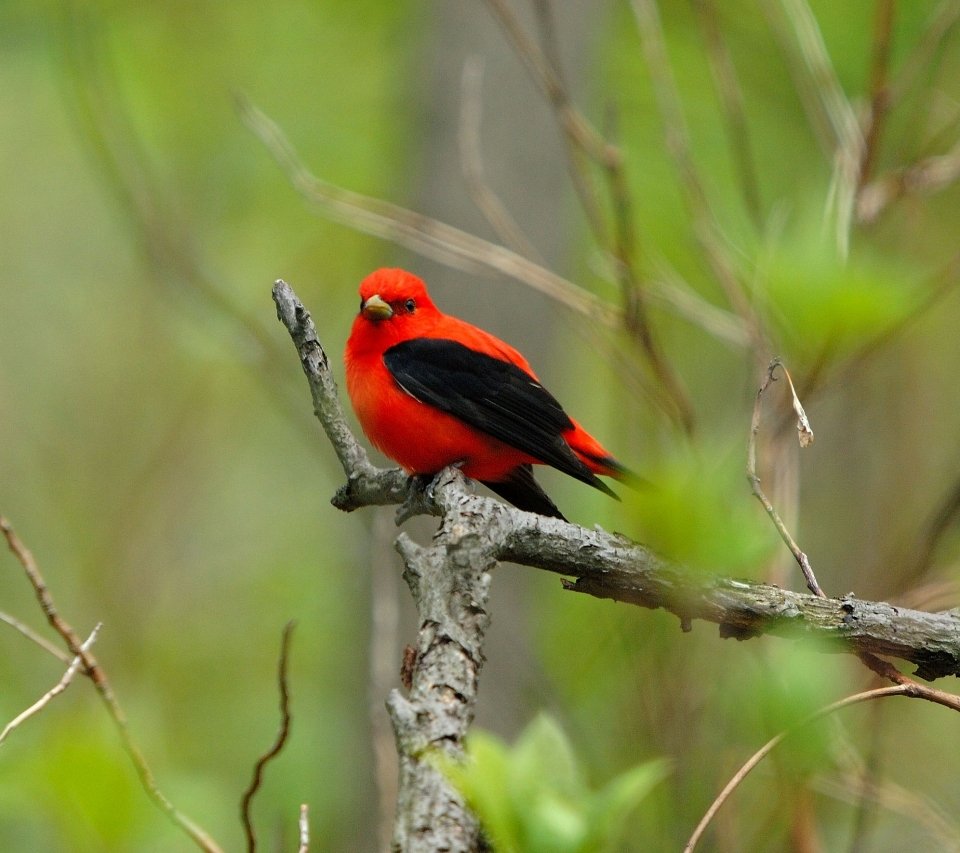
– NPS Photo
Tanagers are a type of songbird found in North America. Most are about 4 to 8 inches long with short necks. They feed on fruit and sometimes insects. Scarlet tanagers, like those found at Indiana Dunes National Park, are pretty stocky with a large head, and short, broad tail. Male scarlet tanagers have bright crimson feathers while female scarlet tanagers are a paler yellow.
U IS FOR UINTA GROUND SQUIRREL
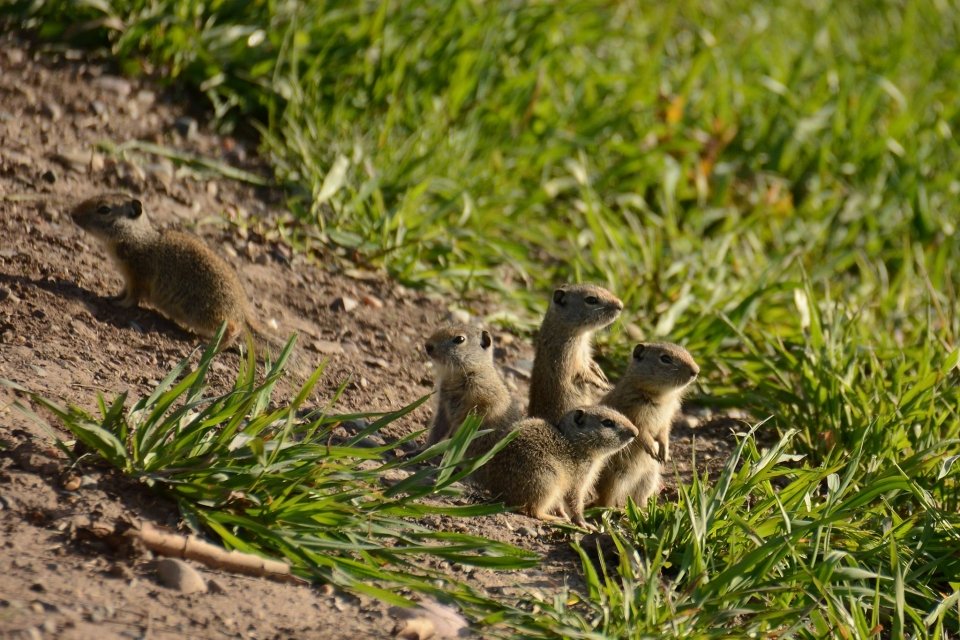
– NPS Photo
A gray, small land mammal, uinta ground squirrels are about a foot long and eat grasses, mushrooms, and insects. Found in disturbed or heavily grazed grasslands, sagebrush meadows, or mountain meadows, uinta ground squirrels can be found in Grand Teton National Park and Yellowstone National Park.
V IS FOR VULTURE
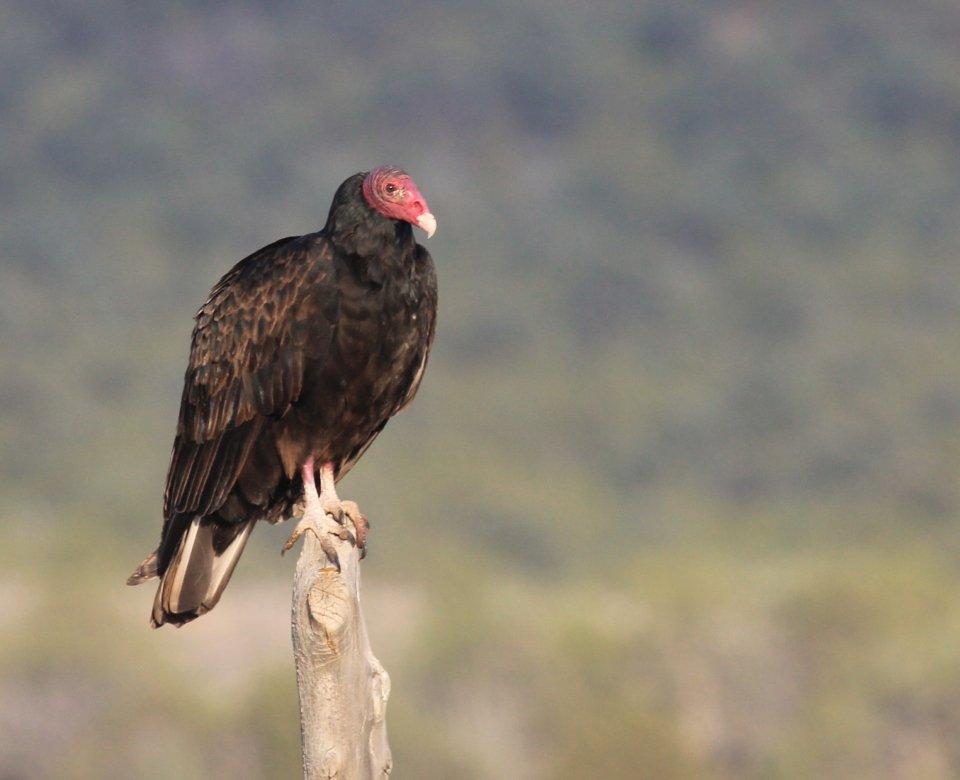
– NPS Photo / Wallace Keck
Vultures are large birds of prey characterized by featherless heads and their good soaring ability. Turkey vultures, like those spotted at City of Rocks National Reserve, have long “fingers” at the end of their wings, and long tails that extend past their toes when they’re in flight. When seen head-on, turkey vultures’ slightly raised wings make a “v” shape.
W IS FOR WOLF
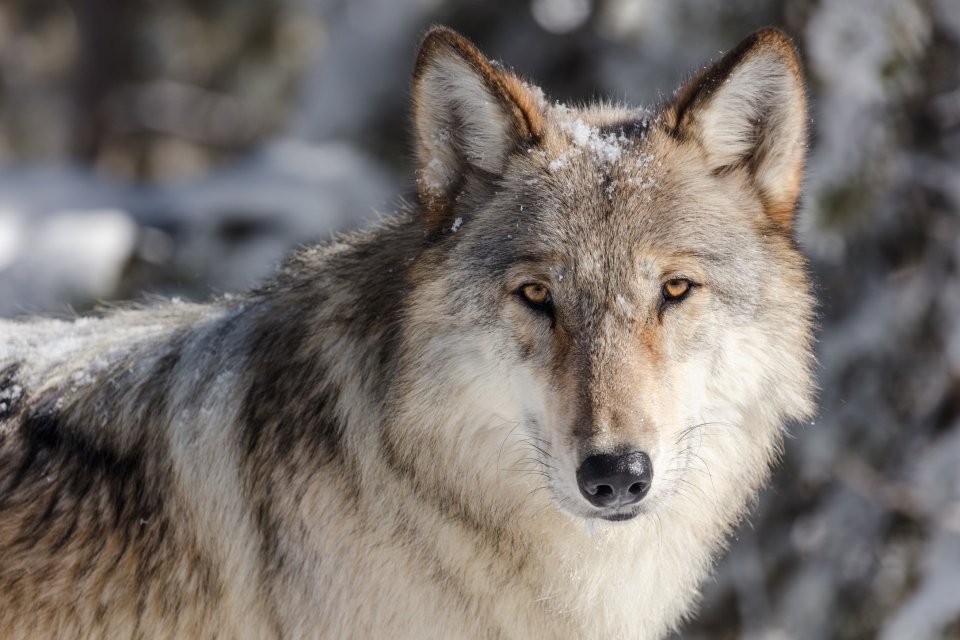
– NPS Photo / Jacob W. Frank
Wolves are highly social land mammals that live in packs all around the world. Packs of wolves defend territory from other packs by howling and scent-marking. In Yellowstone National Park, where gray wolves were reintroduced to the landscape in 1995, the average pack size is about 10 wolves. Supported by partners like Yellowstone Forever and the National Park Foundation, the park now actively monitors the wolf packs and tracks new pups born each year.
X IS FOR XANTUS’S MURRELET
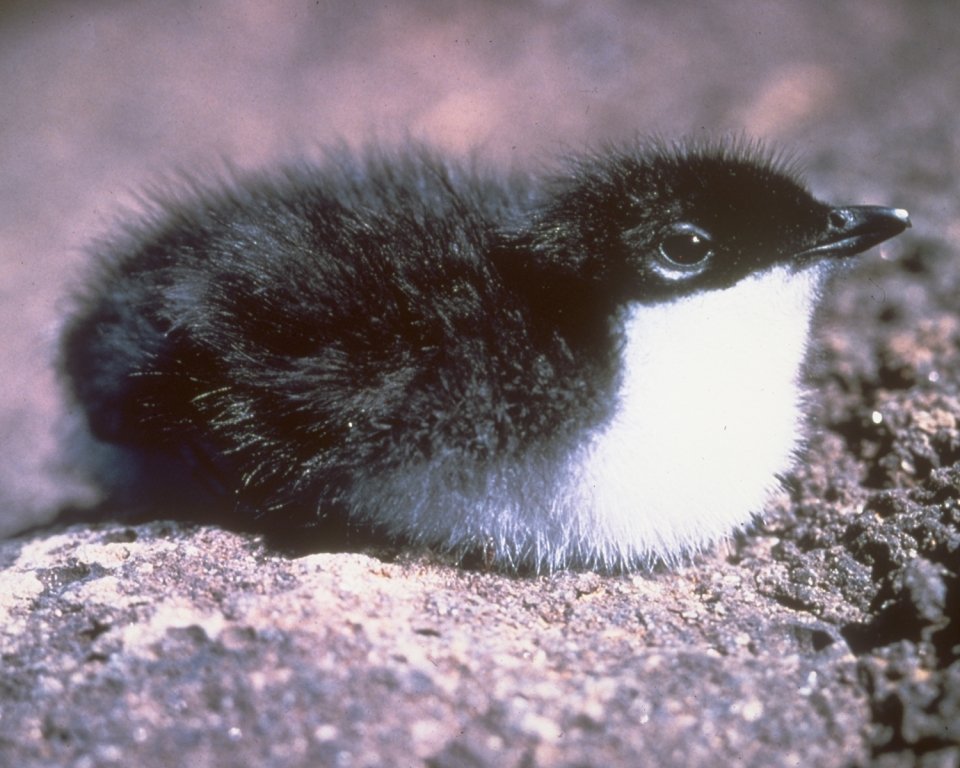
– NPS Photo
Penguin-like birds that are long and thin-billed, murrelets are sometimes called sea sparrows. Santa Barbara Island, one of the islands in Channel Islands National Park, hosts the largest breeding population of Xantus’s murrelets in the United States. Tiny chicks leave the nests on the steep hillside when they’re just 48 hours old and tumble down into the surf.
Y IS FOR YELLOW-BELLIED MARMOT
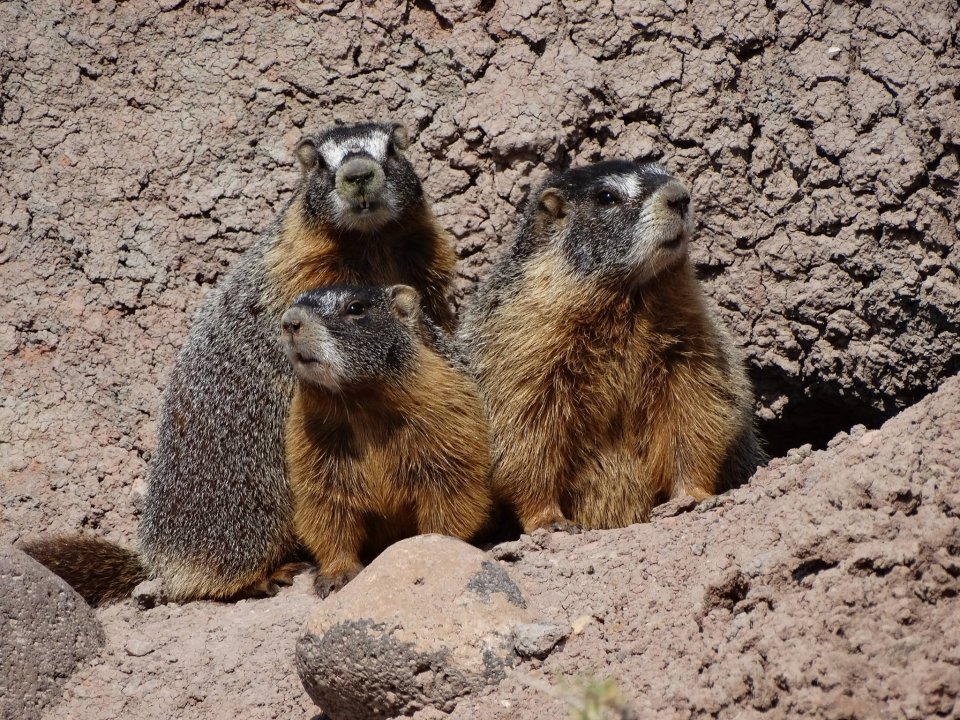
– NPS Photo
Also known as the rock chuck, the yellow-bellied marmot is a type of ground squirrel. They hibernate 8 months out of the year and prefer mountainous habitats like those found in Capitol Reef National Park. Yellow-bellied marmots live in colonies of up to twenty marmots and live up to 80% of their lives in their burrows.
Z IS FOR ZEBRA TAILED LIZARD
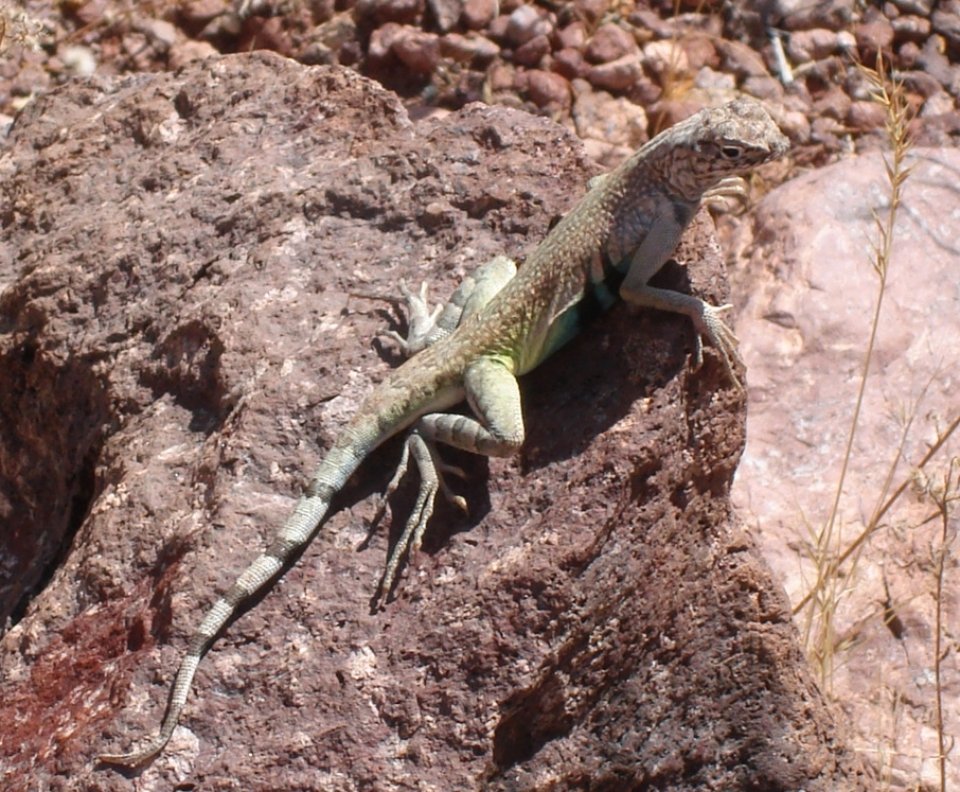
– NPS Photo
A medium- sized lizard, the zebra tailed lizard has long, slender limbs and a flattened tail striped with gray-brown bands, especially distinct on males. These bands are starkly contrasted against the pale white of the underside of the tail, the “zebra tail” from which the lizard gets its name. Found in the flatlands like those in Organ Pipe Cactus National Monument, the zebra tailed lizard is heat tolerant and spends much of the day in the sun.

